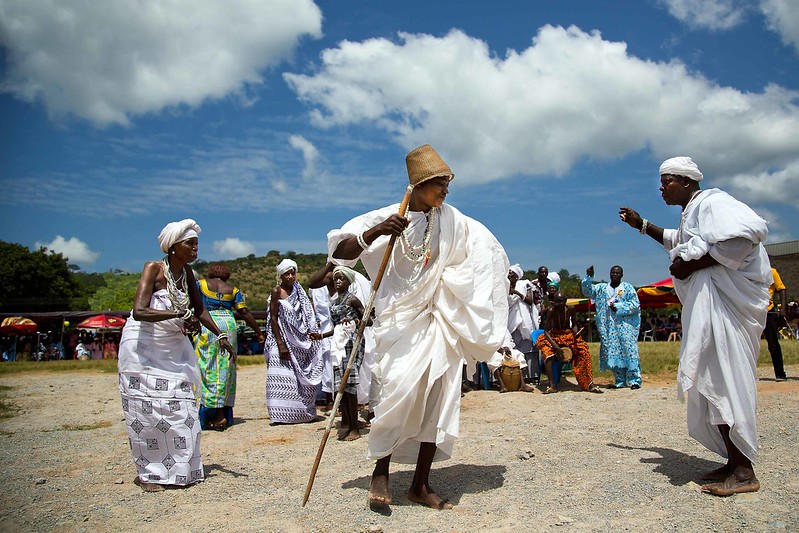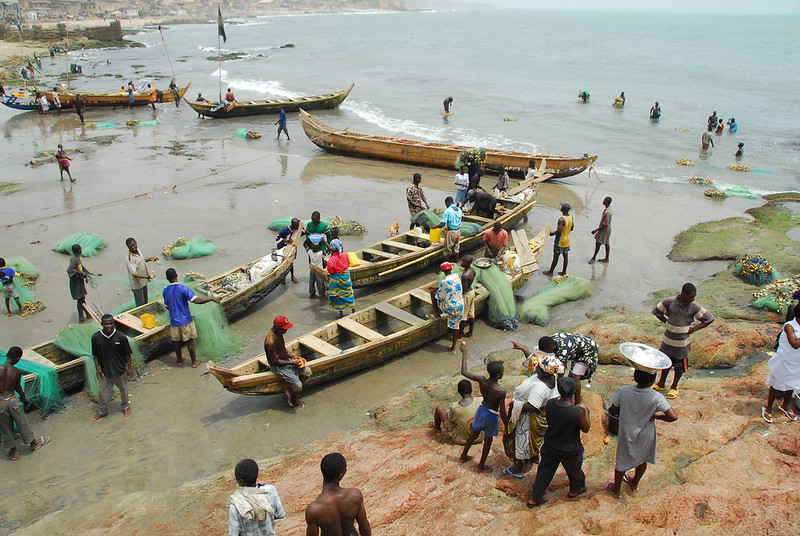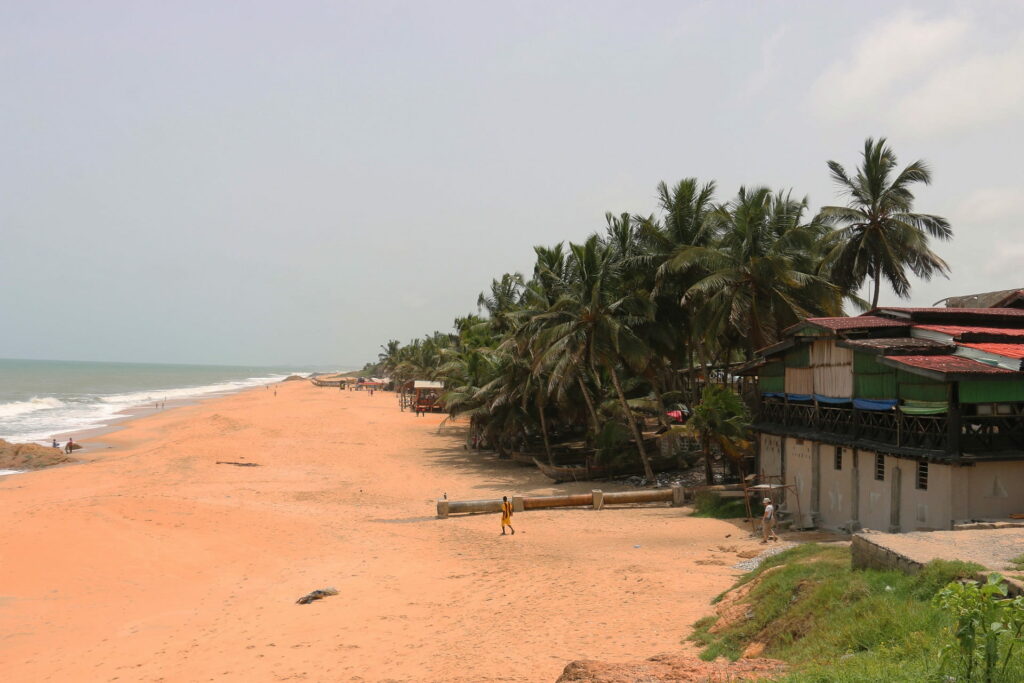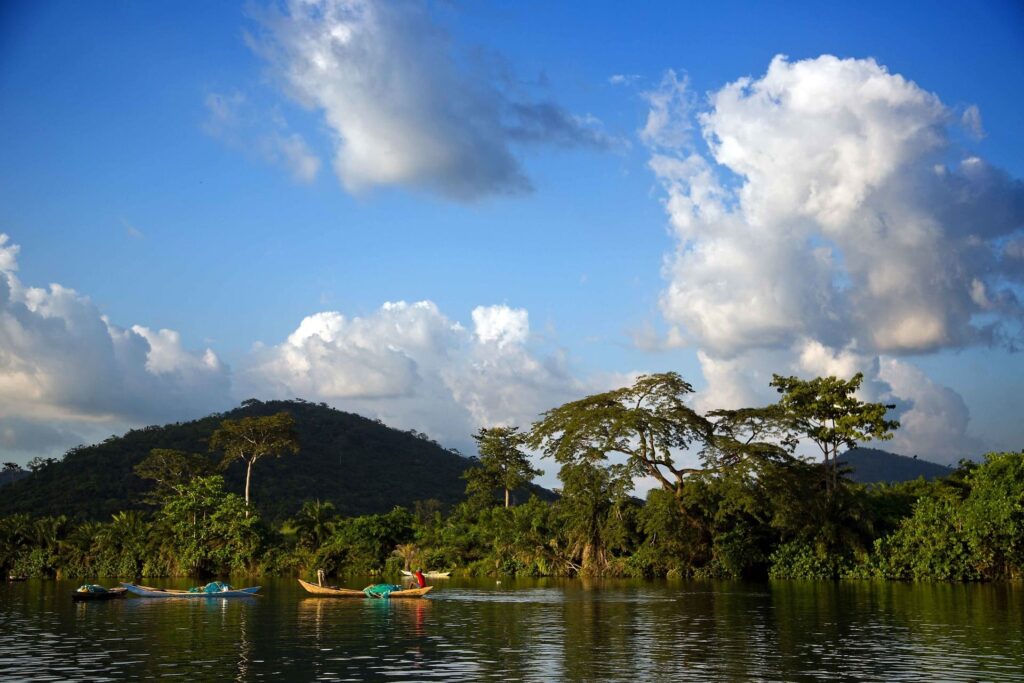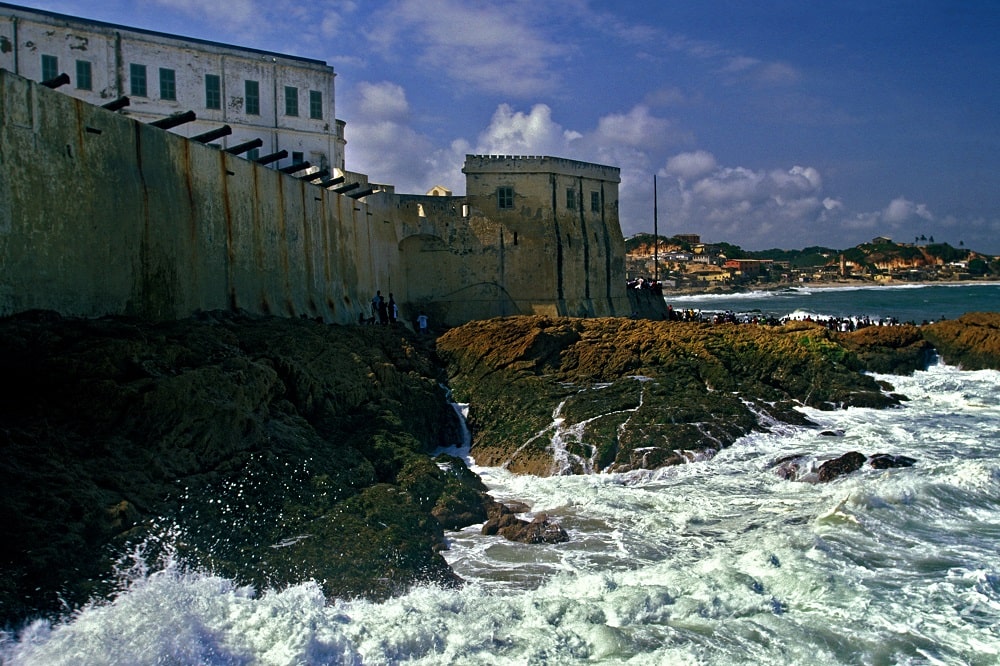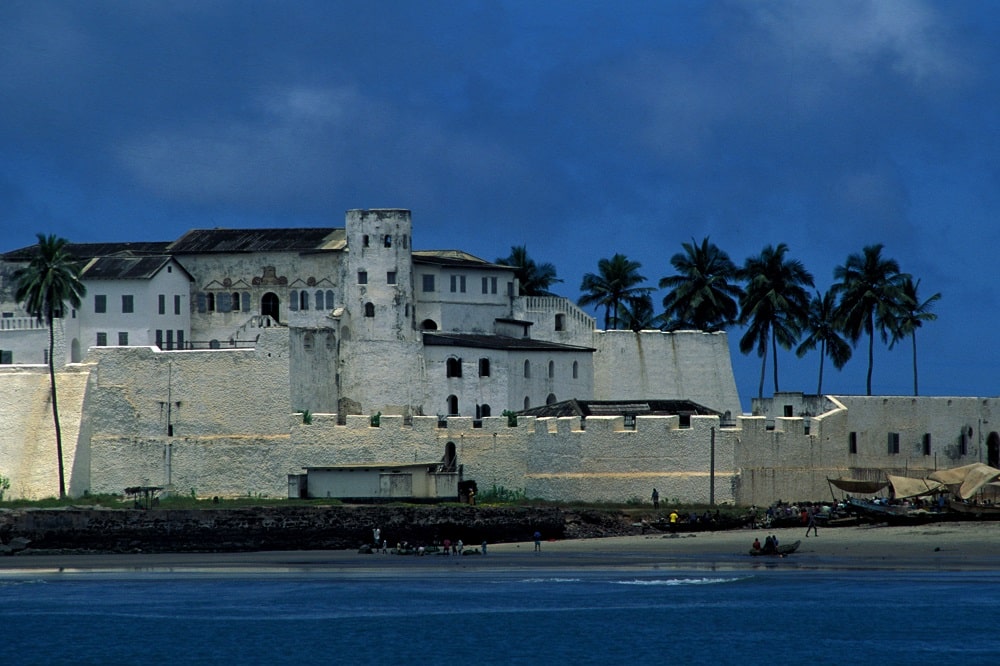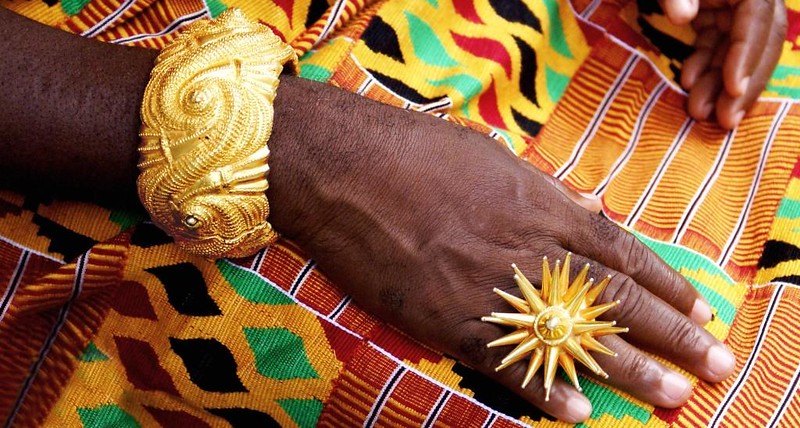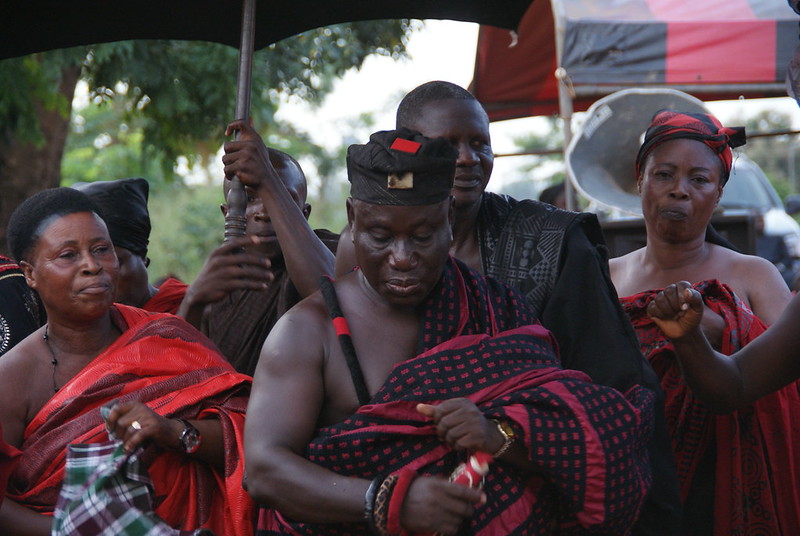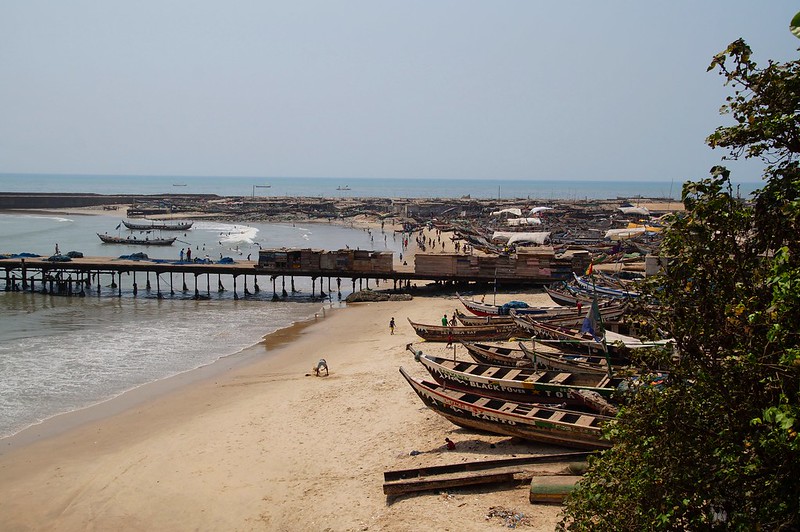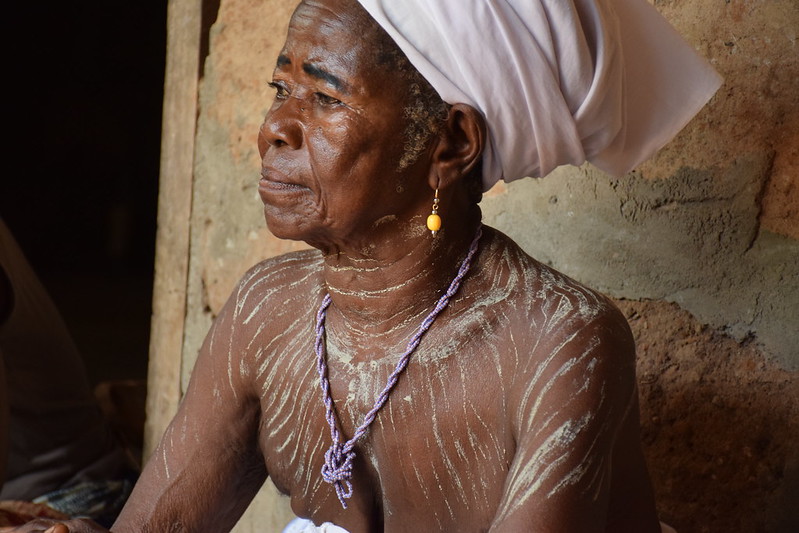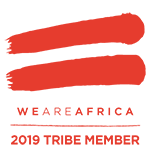REPUBLIC OF GHANA
Area: 238,533 sq km
Population: 32,372,889 (July 2020 est.)
Life expectancy: about 69 years
Capital: Accra
Borders: to the west with Ivory Coast, to the north with Burkina Faso, to the east with Togo and to the south with the Atlantic Ocean.
Ethnic groups: Akan 47.5%, Mole-Dagbon 16.6%, Ewe 13.9%, Ga-Dangme 7.4%, Gurma 5.7%, (2010 est.)
Religion: Christian 71.2%, Muslim 17.6%, traditional 5.2% (2010 est.)
Languages: Asante 16%, Ewe 14%, Fante 11.6%, Boron (Brong) 4.9%, Dagomba 4.4%, Dangme 4.2%, Dagarte (Dagaba) 3.9%, Kokomba 3.5%, Akyem 3.2%, Ga 3.1% (2010 est.)
note: English is the official language
Vaccinations and pandemics: Yellow fever, compulsory; Malaria prophylaxis, highly recommended
Visa: single entry visa to be obtained in the Embassy / Consulate of Ghana located in the country of residency of the traveller.
TERRITORY, CLIMATE AND SEASONS
Ghana can be divided into four different geographical regions. The coast is mostly a low sandy beach intersected by numerous rivers and streams. The northern part of Ghana is characterized by high plateaus. Southwestern and south-central Ghana is made up of a wooded plateau region. The Akwapim-Togo mountain ranges lie along Ghana’s eastern border.
The Volta Basin occupies most of the south-central Ghana and the highest point in Ghana is Mount Afadjato which is 885m (2,904ft) high and is located in the Akwapim-Togo ranges.
The climate of Ghana, like that of the rest of the coast of Guinea, is largely determined by the interaction of two air masses: a warm, dry continental air mass that forms over the Sahara and a tropical air mass, warm and humid, that forms in the South Atlantic. Both air masses move towards the Equator with their hemispheric winds and meet at the coast of Guinea for several months of the year.
The convergence zone of these two masses oscillates towards north and south, following the seasonal movements of the sun at the thermal equator; it reaches its northernmost position in the central Sahara, at about 21 ° N, in August, and its southernmost position at about 7 ° N, a few miles north of the Ghanaian coast, in January. Rains occur when the dominant air mass is tropical maritime and drought prevails when continental and harmattan air dominate.
In the savannah region north of the Kwahu Plateau, there are two seasons: a dry season from November to March, with warm days and cool nights under clear skies, and a wet season that reaches its peak in August and September.
In the southern forest region, there are two rainy seasons: one from April to July and a lesser one from September to November, and two relatively dry periods that occur during the harmattan season, from December to February, and in August, which it is a cool and foggy month along the coast.
HISTORY
Background: The Ghana Empire
The origins of the Ghana Empire, the oldest Kingdom and Empire in black Africa, can be found between the 3rd and 6th centuries. It was located in a territory between today’s Mauritania and Mali, further north of the country that currently bears its name, and thanks to the descriptions of Arab chroniclers we can retrace its history. At that time, caravans departed from North Africa crossing the Sahara to reach the legendary Aoudaghost, the northernmost and most commercial city of the Empire, where Arab merchants bought gold dust.
About three hundred kilometers to the southwest was located Koumbi Saleh the capital. Nowadays, it is still possible to discover the remains of these ancient centers of radiance of culture and history in West Africa. During our field research we explored both. The impressive and largely yet to be discovered site of Aoudaghost appeared to us, by far, the largest and most spectacular as are the details of the history of this legendary Empire but the extensive and isolated ruins in a desert area of Aoudaghost are rarely reached. The few excavations carried out by French archaeologists have been, after decades, covered by the sand of the Sahara. Protected and hidden by the mountains in a grandiose landscape, the discovery of this site gives the impression of being the first to get there, after almost a millennium of oblivion. Although commonly referred to as the Ghanaian Empire, its real name was Wagadou. Ghana, meant the leader of the warriors and was the title given to the emperor, also known as Kaya Maghan, the “Lord of Gold”. In the 11th century the Almoravids, Mauritanian nomadic Arab-Berber tribes, attacked and sacked the empire, starting a progressive decline of these cities that lasted until the 16th century.
From the Gold Coast to the Republic of Ghana
1471 The Portuguese navigators install the first settlement in what will be called the “Gold Coast” for the next five centuries. Located on the Gulf of Guinea, roughly on the territory of the current Republic of Ghana, this coast is due to the abundance of the precious metal that the local markets could offer.
1482 The Portuguese build the castle of El Mina, “São Jorge da Mina”, which will be the largest European building in south of the Sahara. Among the captains in charge of directing the four caravels used for the transport of the materials for the construction of the castle was also Christopher Columbus.
15th and 16th centuries The Gold Coast became the main supplier of the precious metal to Europe, until the arrival of gold from the Americas. On these nearly five hundred kilometers of coastline, more than fifty castles and forts were built by the Portuguese, Dutch, French, British, Brandenburgers, Prussians, Danes, and Swedes. The gold of the Gold Coast was the origin of the first banks, the first letters of credit and the consequent development of a system of exchanges and investments, based on the equivalent in gold. A system that gave birth to the current economic model, the capitalism.
17th, 18th and 19th centuries From gold to slave trade. About two and a half centuries after the discovery of the Americas, an increasing demand for slaves came just from the Americas. After trying to enslave the local populations who did react against slavery and let themselves die and the prohibitions of Pope Paul III who in 1532 with the bull “Veritas Ipsa” excommunicated those who enslaved the Indians, the European navigators discovered that the realms of the African coast had slaves and were willing to sell them. African slaves survived to slavery and continued to procreate despite the harsh conditions of slavery.
The coastal ethnic groups and the forest monarchies became important suppliers of slaves captured in continuous raiding against the minor ethnic groups, inland groups and the savannahs groups. The slaves from the Gold Coast were known as “Cormantin Negroes” and were mainly sent to Brazil, the Caribbean and the United States. Experts estimate that during the years that took place the Atlantic trade between 7 and 12 million slaves were sent to the Americas, the Atlantic trade was second only to the Arab trade which exported an estimated of 14 to 17 million slaves through the Sahara and the Red Sea.
In 1807, slavery was prohibited by the United Kingdom, followed by the United States a year after; although the illegal slave trade continued to the Caribbean and Brazil but the British Navy began the hunt of slave ships.
1821 The British Gold Coast colony is established.
1850 The Danish Gold Coast is sold and annexed to the British Gold Cost.
1872 The Dutch Gold Coast is ceded to the Britain colony.
The period between the 19th century and the early 20th century is characterized by continuous British expansion; there were four wars with alternating results between the British administration and the powerful Ashanti Realm located in the central forests and able to control even the northern savannahs of the country.
The powerful, well structured, and prestigious Ashanti realm had an articulated capacity of control and administration of the territory, supported by numerous alliances and by a powerful and organized army trained for years in the wars for the defense of the territory and to protect themselves against the capture of slaves. Proud of their culture and militarily powerful, the Ashanti opposed with long periods of war to the colonial domination that wanted to impose its laws, including the abolition of slavery on their territories.
1902 After the four wars, and thanks to the alliance with the Fanti and the Ga coastal ethnic groups, the colonial army succeeded in annexing the Ashanti regions, imposing colonial domination and prohibiting slavery. In the meantime, the British administration, initially dependent on that of Sierra Leone, became autonomous with its own governor.
1918 The British colony, comprising the Gold Coast, the Ashanti territories, the Northern territories and the English Togoland, corresponds to the current Ghana.
1957 Ghana regains its name: on March 6th, the Gold Coast obtains its independence and decides to change its name to the Republic of Ghana. This change means that the new independent state does not want to withdraw its origins either from a name coined by the first Portuguese navigators or from a state created by the conquests of colonial history. The current Republic of Ghana, the first African country to obtain the independence, proclaims itself, at least ideally, as the heir of the oldest African Empire, of which despite the geographical distance, decides to adopt its name.
The leader of independence was Nkwame Nkrumah. After his university studies in the United States where he was inspired by the radical thinking of African Americans and after a period of militancy in the African Student Movement in England, returned to Ghana to join the UGCC, the first party created in the country. He immediately disagreed with the other leaders, and created his own party, the Convention People’s Party, which demanded a self-government, becoming very popular and leading the first years of independence.
Nkrumha stated that he was inspired by an African Socialism with a Marxist imprint. He established relations with the Soviet Union and China. Nkrumah became one of the main theorists of the Pan-Africanism that theorizes the creation of a single African State.
1957 An authoritarian drift begins with the “Deportation Act” and with the “Preventive Detention Act” which allowed to imprison the opponents for five years without presenting evidence of his guilt.
1960, April 4 Nkwame Nkrumah is elected president.
1964 The Convention People’s Party becomes a single party. Nkrumah, who became president for life, was renamed by the propaganda of his party “Osagyefo” (the Redeemer). This period is from the beginning marked by a great reform of public education intended to get the masses of the villages into a scholastic education, by the construction of one of the largest artificial lake in Africa, and of an important power plant. Over time, corruption spreads, the currency continued to devalue, and a forced industrialization was performed at the expense of the agricultural sector. In colonial times, the Gold Coast was the largest cocoa producer in the world, but after the independence, Ghana lost its primacy in this sector: the arrival of the competition to the market, the lack of renovation of the plantations and the taxes applied to the agriculture sector intended to finance a forced industrial socialist development plan, lead to a profound economic crisis and a consequent great discontent on the part of the population.
1965 Nkrumah invests a huge amount of money in the construction of a large building, the Palace of African Unity, where the heads of state of the entire continent will meet joining the Organization of African Unity, but Nkrumah’s project to unify African countries in a single Pan-African Federal State fails as he finally does not have the support of the majority of the presidents.
1966 While in Hanoi on a mission with Ho Chimin, the army and the police carry out a coup d’état against Nkruma and he takes refuge in Guinea as guest of the president, his friend and ideological companion. The Junta in power (National Liberation Council) is headed by two soldiers: Afrifa and Kotoka. Afrifa will also become President of the Republic for a short time. In 1972, Nkrumah dies of cancer in Romania, as a guest of Ceausescu.
1970 Edward Akuffo-Addo wins the elections.
1972 Coup d’état by Lieutenant Colonel Acheampong.
1978, March 30 Creation of a mixed government formed by militaries and civilians.
1978, July 5 Acheampong resigns and leaves power to General Akuffo. Discontent has been growing for years. There is a lack of basic necessities, the population is queuing up to to get supplies, vehicles are waiting for days at the service stations and the power cuts in the capital and in the cities are continuous. The local currency “New Cedi” is traded on the parallel market for 600% less than the official rate. The black market, despite being illegal, is very flourishing, like the “parallel” markets of gold; diamonds and drugs both grown locally and in transit from Asia and South America. The richest colony has become a country in disarray. In the capital, thousands of homeless spend the night on the street; corruption and prostitution, misery and discontent are on every corner.
1979, May 15 A coup d’état attempt by the young captain Jhon Jerry Rawlings fails, the coup leaders are jailed and Rawlings is sentenced to death.
1979, June 4 Young officers tired of the corruption and supported by the troops, fed up with the constant delays in getting theirs paid by the hierarchy, break into the prison and frees Rawlings and his colleges that become the leaders of a spontaneous coup d’état. The new Junta led by Rawlings and some junior officers will be called the “Armed Force Revolutionary Council”. The Junta remains in power 112 days during which it shoots 3 former presidents: Akuffo, Acheampong and Afrifa, 8 high-ranking soldiers and over 300 people accused of corruption.
At the end of the 112 days, the revolutionary council organizes free elections and spontaneously hand over power to the new elected president.
1979, September 24 Hilla Limann was appointed president.
1981 Rawlings, after abandoning voluntarily power enjoys a great popularity, and he was acclaimed by the crowd in occasions as a hero in the streets of the capital. More and more dissatisfies, in different occasions he regrets in public having restored power to civilians and accuses the government of not exercising true leadership and of not being firm enough against the spreading corruption.
1981, December 31 Rawlings and his most loyal men organize a year-end party and they invite the government. The surprise of the party is that the young soldiers arrest the government, and proclaim the seizure of power by a new Junta: The Provisional National Defense Council.
1983 Lieutenant Rawlings adopts free-market economic policies, abolishing subsidies and price controls, privatizing many state-owned enterprises and devaluing the currency.
1992 A referendum approves the new constitution which introduces a multi-party system. Lieutenant Rawlings is elected president.
2000, December John Kufuor defeats Vice President John Atta Mills in the presidential election.
2007, June A major offshore oil discovery is announced.
President Kufuor says oil will turn Ghana into an “African tiger”.
2008, December John Atta Mills is elected president.
2010, December Offshore oil production begins.
2012, July President Mills dies and is succeeded by John Mahama.
2013 Authorities arrest hundreds of Chinese and other migrants working in unlicensed gold mines. The government says around 4,700 illegal miners, most of them Chinese, were deported in 2013.
2017, January Nana Akufo-Addo is sworn in as President after beating John Mahama.

